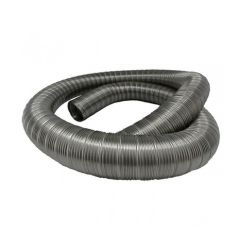Flue

-30x30.png)
-30x30.png)

52-30x30.png)
15-30x30.png)
















































Flue – Reliable and efficient smoke gas exhaust

What are flues?
Stainless steel flues are single-walled pipes with frontal laser welding, featuring male and female ends. The assembly of the flue is extremely precise, eliminating the need for clamping brackets or silicone seals. The operating temperature of our stainless steel flues is 400°C, with a maximum temperature resistance of 1000°C. Flues with frontal laser welding are manufactured in accordance with European and International Standards and are used to vent smoke gases, chemical, and oxidizing gases from wood stove furnaces and chimneys operating on oil, gas, solid fuel, and biomass.
Our single-walled flues and chimneys made of stainless steel are available at affordable prices and are most commonly used for connecting the heating unit to the chimney inside the building. Depending on the required size, we offer flues with diameters ranging from Ф80 for pellet fireplaces to Ф350 for industrial boilers.

Flues are categorized based on their location and usage:
- Straight flues – Stainless steel straight flues are used for raising the vertical section of the chimney. The standard length of straight flues is 100 cm, but we also offer 50 cm lengths and telescopic flues. When calculating the total length for your chimney, 6 cm should be deducted due to the connections between elements. For more precise heating systems, we also offer straight flues with built-in thermometers and flues with inspection openings;
- Stove pipe elbows – These stainless steel flues are used to change the direction of the chimney. Depending on the angle, the elbows are divided into: 90° and 45°. It is recommended not to use more than three elbows in a single heating system, as this could hinder the exhaust of smoke gases;
- Chimney Tee – Chimney tees are stainless steel flues that are used in almost every chimney system. Each tee contains a condensate cap with a drainage opening. The condensate cap of the tee is removable, providing direct access for cleaning your flues. Depending on the connection angle to the chimney, the tees are divided into two types: T-Tee and Y-Tee;
- Flexible flue – Also known as corrugated flues, these are used for passing through difficult-to-access areas where installation is challenging. Flexible flues are extremely easy to install and are most often used for direct connection between the chimney and heating device – stoves, fireplaces, and boilers.
Based on material and application, flues are divided into:
- Stainless Steel Flues – High corrosion resistance and long lifespan.
- Flexible Flue – A flexible solution for non-standard constructions.
Stainless steel flues – durability and efficiency
Stainless steel flues are a preferred choice for long-lasting and safe installations. They are highly resistant to high temperatures, making them suitable for heating systems operating on solid fuel. Thanks to their anti-corrosion properties, these flues do not rust and are unaffected by aggressive gases, ensuring a long service life. Additionally, they are easy to install as they come in various diameters and configurations that facilitate their installation.
The stainless steel flues in our catalog are manufactured according to the Inox AISI 304 system, which ensures high corrosion resistance, durability, and safety. This material is suitable for high temperatures and aggressive gases, making it ideal for heating systems using solid and gaseous fuels. Due to their strength and easy installation, stainless steel flues are a reliable and long-term solution for your home.
When Should You Choose a Stainless Steel Flue?
If you are looking for a long-lasting and secure solution that withstands high temperatures and corrosion, stainless steel flues are the best option.
Flexible flue – A universal solution for non-standard installations
Flexible flues are the ideal solution for heating systems with hard-to-access or non-standard exits. Made of high-quality stainless steel, they ensure durability and reliability. Thanks to their flexibility, these flues allow for easy installation even in tight spaces or curved constructions. Additionally, they are resistant to high temperatures while maintaining their structural integrity during intensive use. Their installation is extremely convenient, as they easily adapt to different heating appliances.
When Should You Choose a Flexible Flue?
If your heating system requires a non-standard or complex flue configuration, a flexible option is the best solution.
We offer a wide variety of flue pipes, which are an excellent choice in combination with some of our other products:
Frequently asked questions about flue pipes
- What material should I choose for the flue pipe?
The choice of material depends on your heating appliance and your needs. Stainless steel is durable and corrosion-resistant, while enameled steel is a more economical option. - How do I measure the required diameter of the flue pipe?
The diameter is determined by the specifications of your heating appliance. Consult the appliance manual or a specialist. - How often should I clean the flue pipe?
It is recommended to clean the flue pipe at least once a year to prevent the buildup of soot and other deposits. - Can I install a flue pipe without professional help?
For optimal safety and efficiency, it is recommended that installation be carried out by a qualified professional. - What are the risks of improper flue pipe installation?
Improper installation can lead to backflow of exhaust gases and an increased risk of fire. - Can I use flue pipes made of different materials in one system?
It is not advisable to mix different materials, as they have different properties and maintenance requirements. - What are the signs of a clogged flue pipe?
Signs include poor draft, soot buildup around the appliance, and the smell of smoke in the room. - What is important when choosing a flue pipe for a stove?
The flue pipe should be resistant to high temperatures and provide good draft. - What should I do if the flue pipe starts to rust?
Rusty parts should be replaced immediately to prevent leaks and reduce the risk of fire. - What is important when installing a flue pipe in multi-layer walls?
Appropriate transition elements and insulation should be used to prevent leaks and heat loss. - What should I do if the flue pipe has poor draft?
Check for blockages and ensure the flue pipe is properly sized and installed. - What is condensate in a flue pipe and how do I deal with it?
Condensate results from the cooling of exhaust gases and can cause corrosion. Use condensate-resistant flue pipes and insulation. - What is the difference between single-wall and double-wall flue pipes?
Double-wall flue pipes have additional insulation, which improves their efficiency and safety. - How can I reduce condensation in the flue pipe?
Use insulated flue pipes and maintain a high exhaust gas temperature.


-400x400w.png)
-400x400h.jpg)
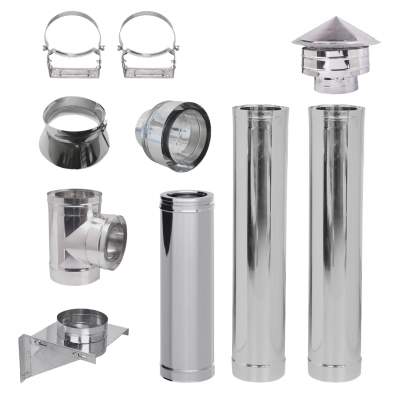
32-400x400h.jpg)
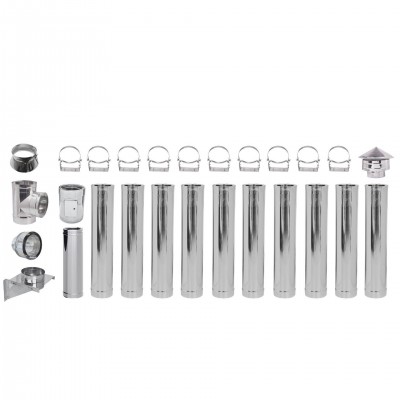

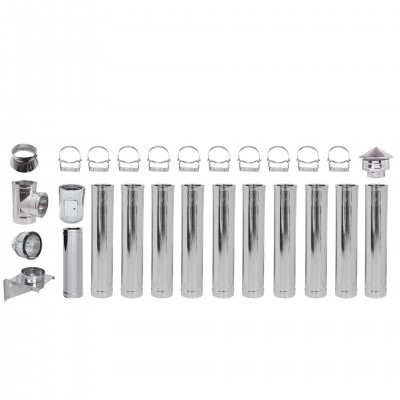
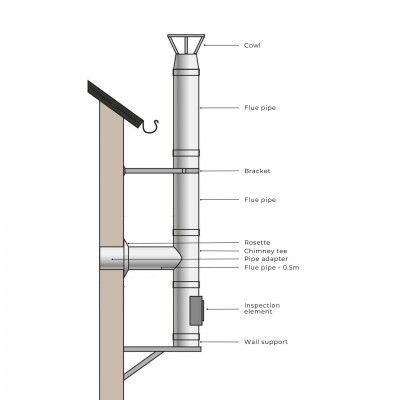
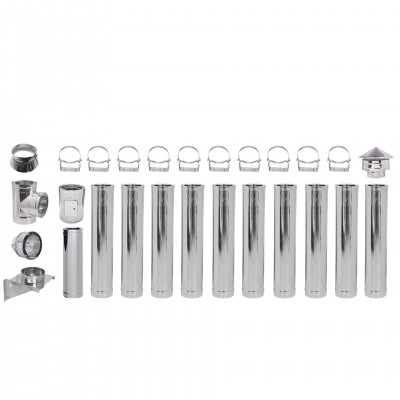



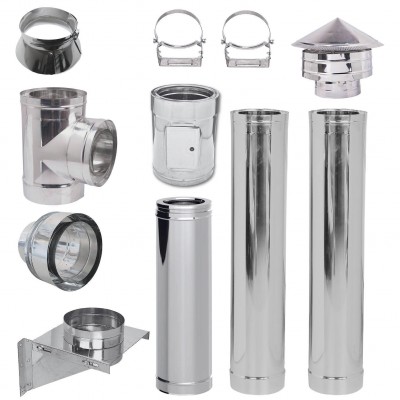

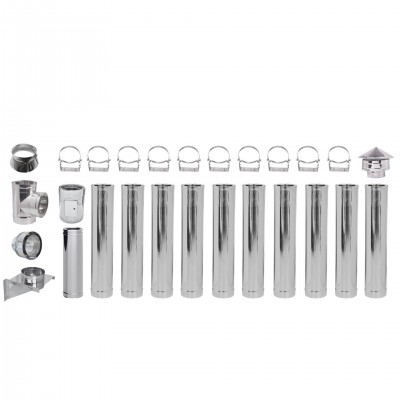
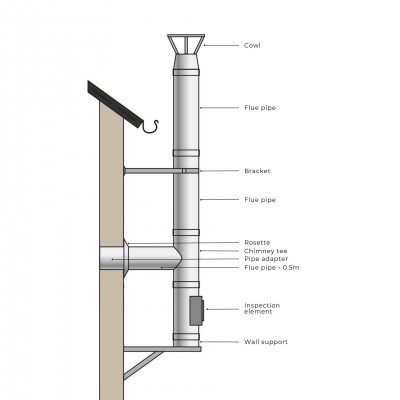
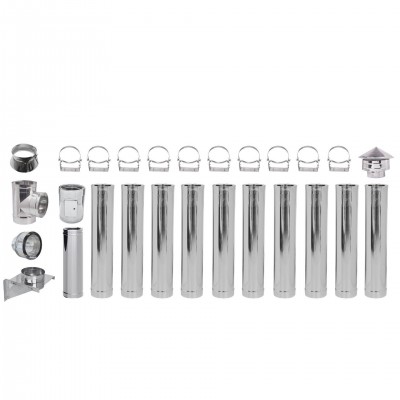
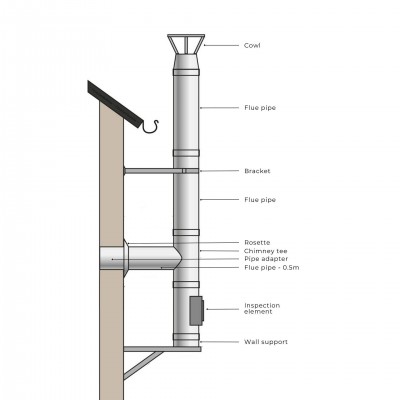

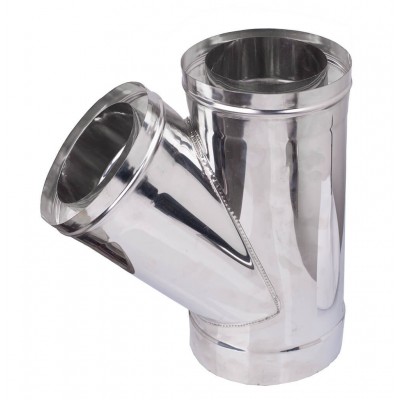

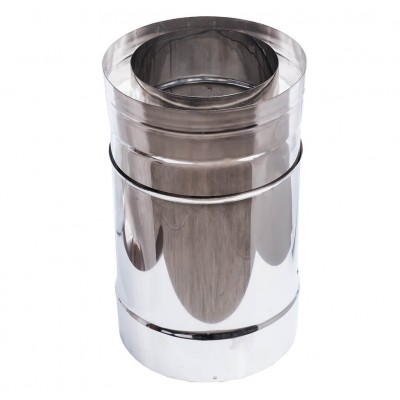
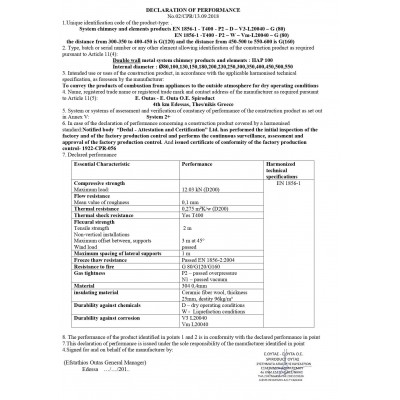
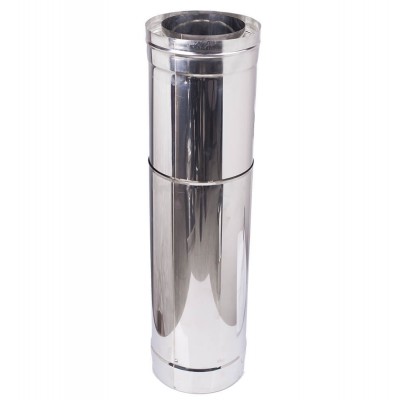
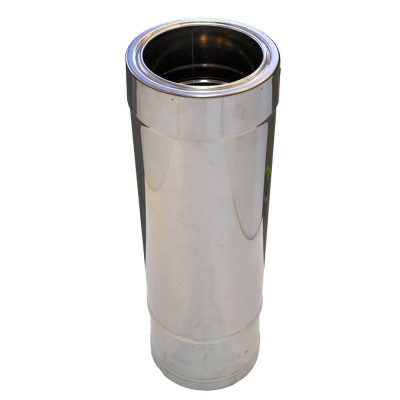
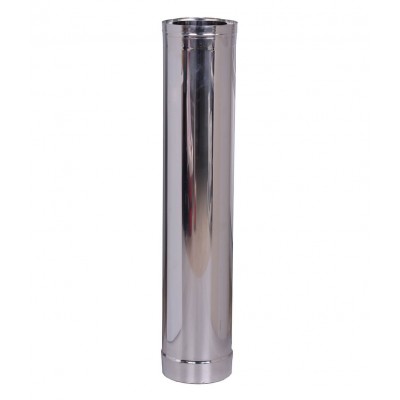
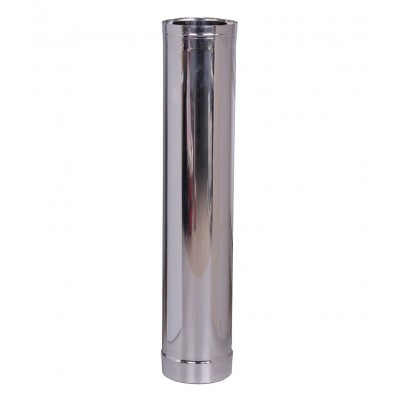
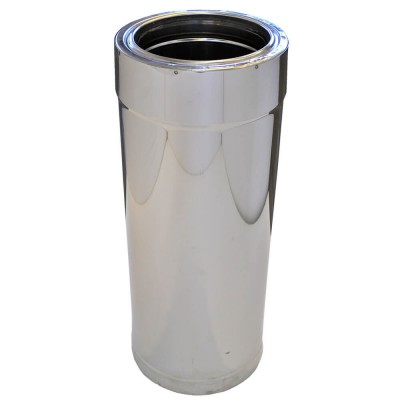
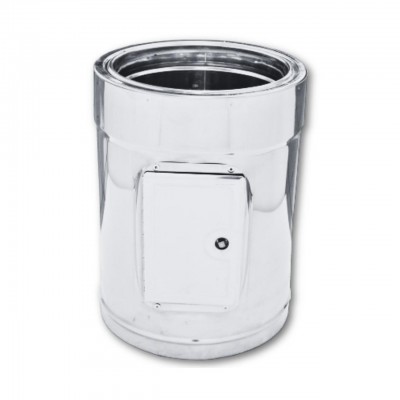
%20(1)1164-400x400h.jpg)
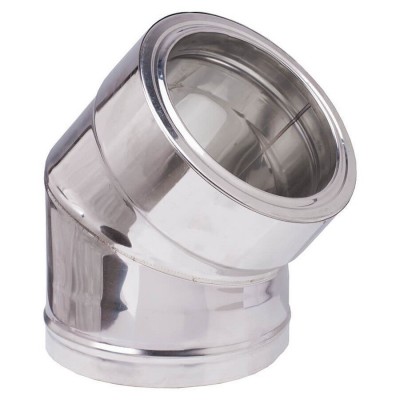
%20(1)1948-400x400h.jpg)

%20(1)7681-400x400h.jpg)


